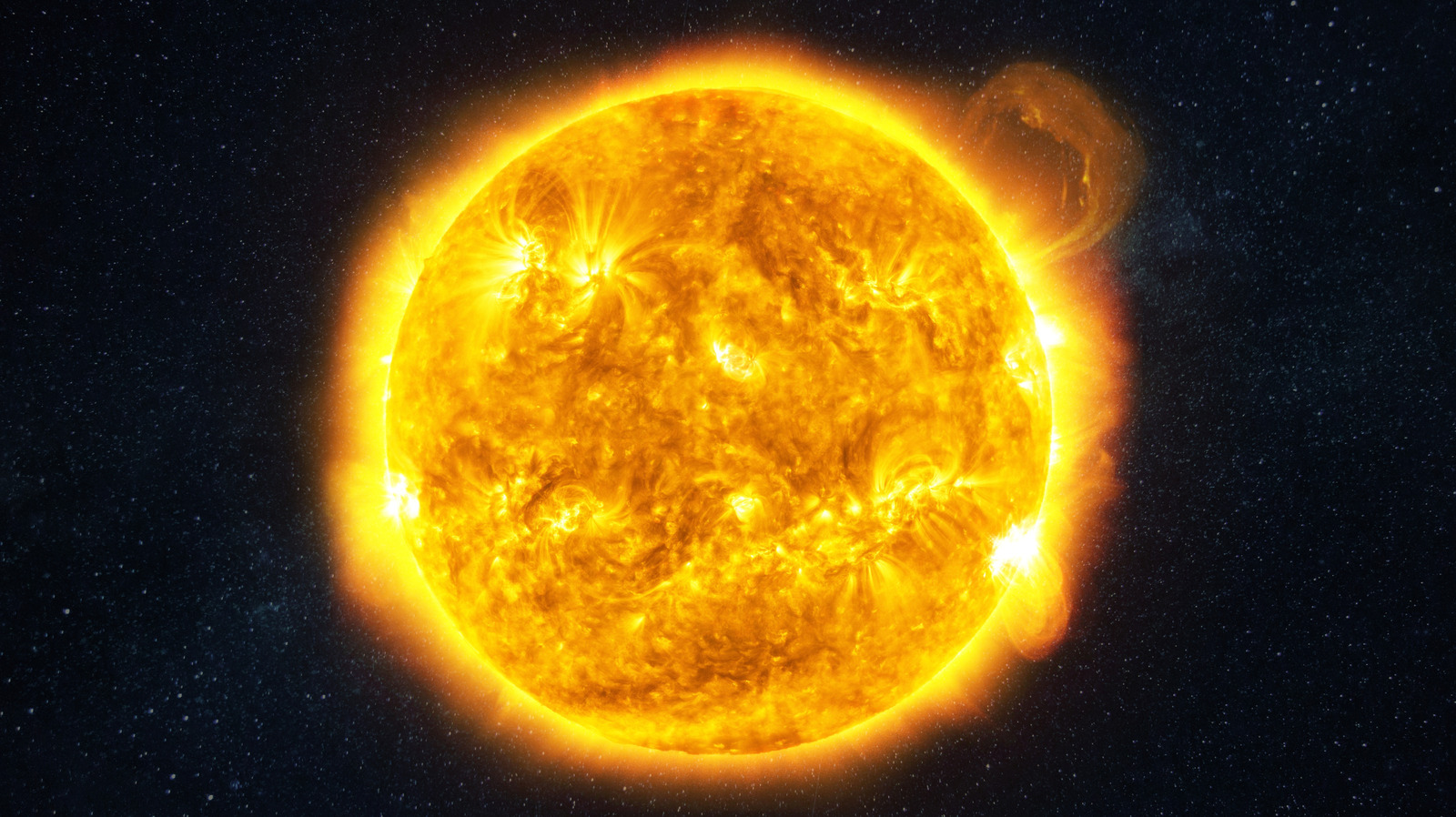Recent findings indicate a significant increase in solar storm activity, with scientists observing a marked rise in solar flares and coronal mass ejections. This uptick is attributed to the sun’s return from a prolonged period of inactivity known as the “deep solar minimum,” which lasted from the 1980s to 2008. Since 2008, the sun has exhibited heightened activity, leading to concerns about the potential impacts on technology and daily life.
Researchers at NASA’s Jet Propulsion Laboratory have reported that the frequency of solar storms is likely to increase in the coming years. This trend was exemplified last year when the sun unleashed the strongest solar storm in over two decades, making the northern lights visible as far south as Mexico. While these stunning auroras captivate many, solar storms pose serious risks to modern technology.
Impact on Technology and Daily Life
Solar storms can significantly disrupt essential systems, including power grids, GPS, and communication networks. The 1989 solar storm that caused a blackout for millions of people in Quebec serves as a historical reminder of the potential consequences. With today’s interconnected infrastructure, the risks are magnified. High-frequency radio signals, used in aviation, shipping, and emergency communications, are particularly vulnerable during these solar events.
Current technology may not be adequately prepared for the anticipated increase in solar activity. Satellites, which lack the protective barrier of the Earth’s atmosphere, are at risk of damage from intense solar flares. This can lead to circuit failure, reduced functionality, or even complete loss of service. As the number of satellites in orbit expands, addressing these vulnerabilities becomes increasingly crucial.
Health Implications and Future Preparedness
Fortunately, for those of us who benefit from the Earth’s protective atmosphere and magnetic field, the direct health risks from solar storms remain minimal. Some studies have explored potential links between solar activity and health issues such as heart problems and headaches, but findings have been inconclusive.
The most immediate effects of solar storms on the general population are likely to manifest through disruptions in technology. A strong solar storm could lead to power outages, interrupted phone services, or malfunctioning GPS systems. Traffic management and airline operations may also experience challenges, such as rerouted flights or blinking traffic lights.
Despite these concerns, there is a silver lining: solar storms create opportunities for spectacular displays of the northern lights in areas typically outside the Arctic Circle. This phenomenon allows more people to experience the beauty of nature, even as we navigate the challenges posed by increased solar activity.
To mitigate these risks, NASA is investing in research initiatives like the Interstellar Mapping and Acceleration Probe (IMAP), aimed at improving our understanding of solar events and enhancing predictive capabilities. The goal is to provide earlier warnings and better preparation for future solar storms.
In conclusion, while solar storms are becoming more frequent and may disrupt technological systems, the protective advantages of the Earth’s atmosphere ensure that direct health risks remain low for most individuals. As our reliance on technology grows, so does the importance of adapting to these natural phenomena. For now, the most pressing concern may simply be coping with a dropped Wi-Fi signal during a solar event.
